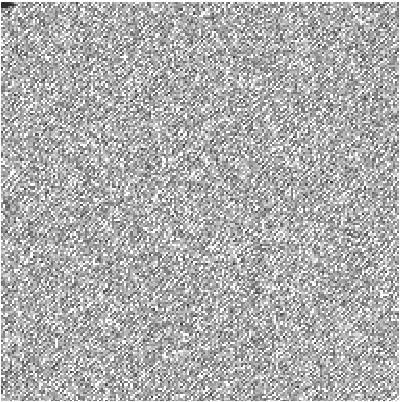| AR 11258 — STIS/CCD Side-2 pattern noise removal |
| Feb 7 2024 — This site was briefly off-line for migration to new hardware and maintenance. |
|
When STIS resumed operations in July 2001 using the redundant "Side-2" electronics, the read-noise of the CCD detector appeared to have increased by ~1 e− due to a superimposed and highly variable "herring-bone" pattern noise. For many programs that aim to detect signals near the STIS design limits, the impact of this noise is far more serious than implied by a mere 1 e− increase in the amplitude of the read-noise, as it is of a systematic nature. Peak-to-valley deviations on spatial scales of only a few pixels can be as large as ~8 e−. 


We perfected a method to cleanly and robustly detect and remove this pattern-noise from raw STIS CCD frames (Jansen, Collins & Windhorst 2002). After removal of the pattern noise, we successfully reproduce the nominal "Side-1" CCD read-noise as observed prior to 2001 July. As part of an approved Cycle 16 Archival Calibration Legacy program (AR 11258; PI: Rolf Jansen) we removed the pattern noise from all 75345 raw, un-binned, full-frame "Side-2" STIS/CCD frames (47192 datasets) taken between 2001 July and the short that rendered STIS inoperable early in 2004 August. A more detailed paper describing the method, the nature of the noise, and trends therein over time is Jansen et al. 2010 (in: 'The 2010 STScI Calibration Workshop', Eds. S. Deustua & C. Oliveira, [STScI; Baltimore], pp.449–455 ). In Fall 2012, Jansen also removed the pattern noise from all 30584 raw, un-binned, full-frame "Side-2" STIS/CCD frames (12958 datasets) taken between 2009 June 2 and 2011 October 31, i.e., presently public data taken after the repair of STIS during the final HST Servicing Mission (Jansen 2013, AAS#221 [344.11]).
Through this web-portal, users may search for and download pattern-free datasets of interest (or, alternatively, pattern-only datasets) via a series of index pages. In the future, we may support requests of all data for a given observing program (Proposal ID) at once. |
| July 2001 – August 2004 | June 2009 – October 2011 | ||
|---|---|---|---|
| Search by Proposal ID | Search by Principal Investigator | Search by Proposal ID | Search by Principal Investigator |
| Search by Target Name | Search by Date of Observation | Search by Target Name | Search by Date of Observation |
| Search by Right Ascension | Search by Exposure Time | Search by Right Ascension | Search by Exposure Time |
| Pattern-free bias calibration reference images | Pattern-free bias calibration reference images | ||
| Pattern-free dark calibration reference images | Pattern-free dark calibration reference images | ||
| Documentation and Software (written and tested on machines running Redhat-like Linux) | |||
|
Past/present team members: Rolf Jansen (PI; ASU), Rogier Windhorst (ASU), Hwihyun Kim (ASU), Nimish Hathi (UCR,OCIS), Paul Goudfrooij (STScI), & Nick Collins (CUA/IACS,GSFC). Most of this work was funded by grants HST-AR-11258 and HST-GO-9066 from STScI, which is operated by AURA under NASA contract NAS5-26555. |
| In case of problems with this page, contact: Rolf.Jansen @ asu.edu |
| Last updated: Feb 7, 2024 |
|
Apply to ASU: undergraduate students | graduate students |